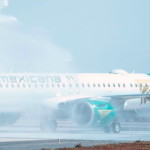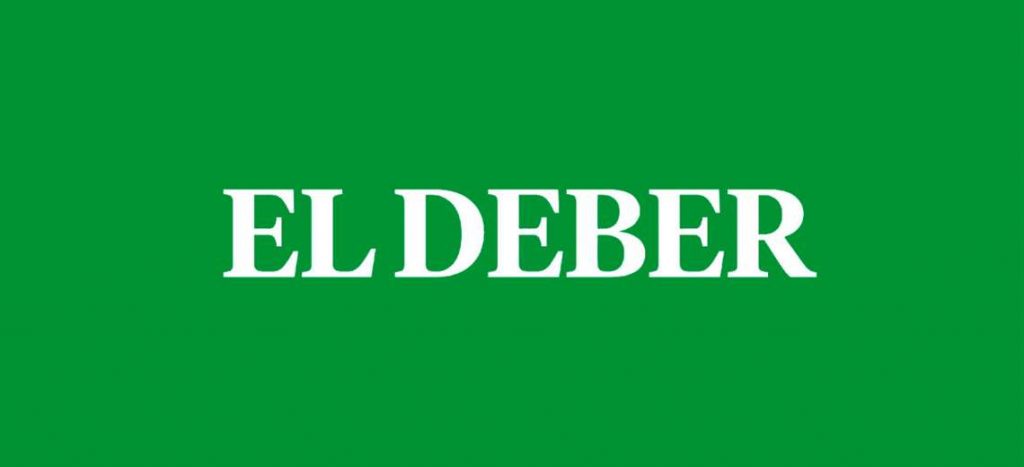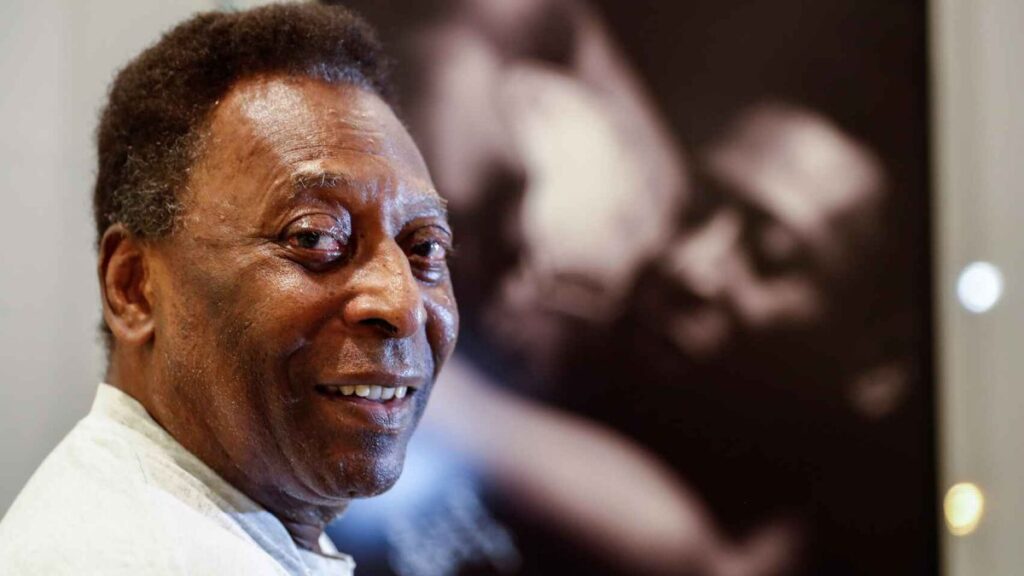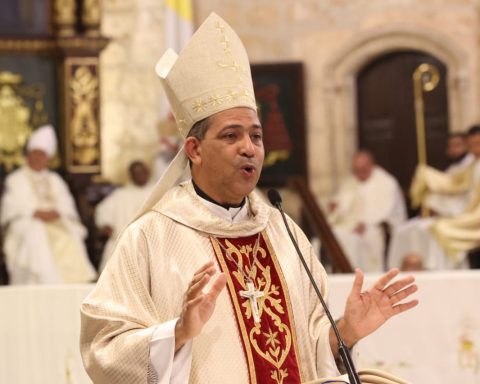More than 1.2 million people entered cash funds for some $78,000 million through extra-bank collection agents such as Pago Fácil or Rapipago throughout Argentina to make payments for services or access investment mechanisms digitally, according to a survey by the fintech Ualá on its platform.
According to data by geographical area, 50% of the digitized money was in the main urban centers: Buenos Aires, which concentrates 30% both in number of transactions completed and in volume, Córdoba (9%), Santa Fe (6%), CABA (5%), Salta and Tucumán (both with 5%), although the process advances throughout the national territory.
On average, each person digitized $65,000 a year and, among the trends, it was evident that the majority did so to make face-to-face and virtual purchases (including subscriptions to digital services) and the payment of services (such as electricity, gas, cell phones and transportation).
“The digitization of cash is very positive because it allows more people to permanently enter the formal financial system. It is the door to financial inclusion and the first step to increase the use of financial services such as cards, investments and credits”, he pointed out. Martín Bellocq, Chief Marketing Officer of Ualá.
electronic money
The replacement of cash by electronic money is one of the main objectives of the Central Bank (BCRA) to advance in the formalization of the economy and reduce operating and security costs that brings with it the handling of bills in banks and shops.
In that line, the November 29, 2021 the Transfer Payment system came into forcewhich allows any application of a bank or virtual wallet to read the QR code of the merchants and, thus, users can make payments with the cell phone and the merchants receive it immediately in their accounts, with the lowest commission in the market .
According to official data, payments with interoperable QR codes exceeded 63,000 daily operations on average at the end of Marchalmost triple (+178%) that when the system came into force and already imply a monthly movement of about $1,500 million, with an average ticket of around $2,000 per operation.

Payments with Transfers
The Transfer Payment system is a open and universal digital payment mechanism that facilitates access to digital payments through any smartphone that downloads a virtual wallet (Mercado Pago, Ualá, Iudu, Bimo, Naranja X, TAP or Yacaré) or banking (BNA+, How much DNI, Ank, BBVA Go, among others) that reads QR codes, allows payments to be made with transfers both from bank accounts with CBU and from supplier accounts of payment services with CVU.
There are currently more than 60 companies participating in the system: three administrators (Coelsa, Prisma and Red Link), 15 acceptors and 16 payment applications, although there are almost 40 that are taking steps to join both as payment acceptors and as wallets.
With this system, merchants irrevocably receive the money in their accounts in less than 15 seconds -an improvement of 10 seconds compared to the time of its launch- and with the lowest commission in the market (from 0.6 to 0.8%), which simplifies operations and allows it to compete against cash, which is the form of payment used in about 8 out of 10 transactions.


















